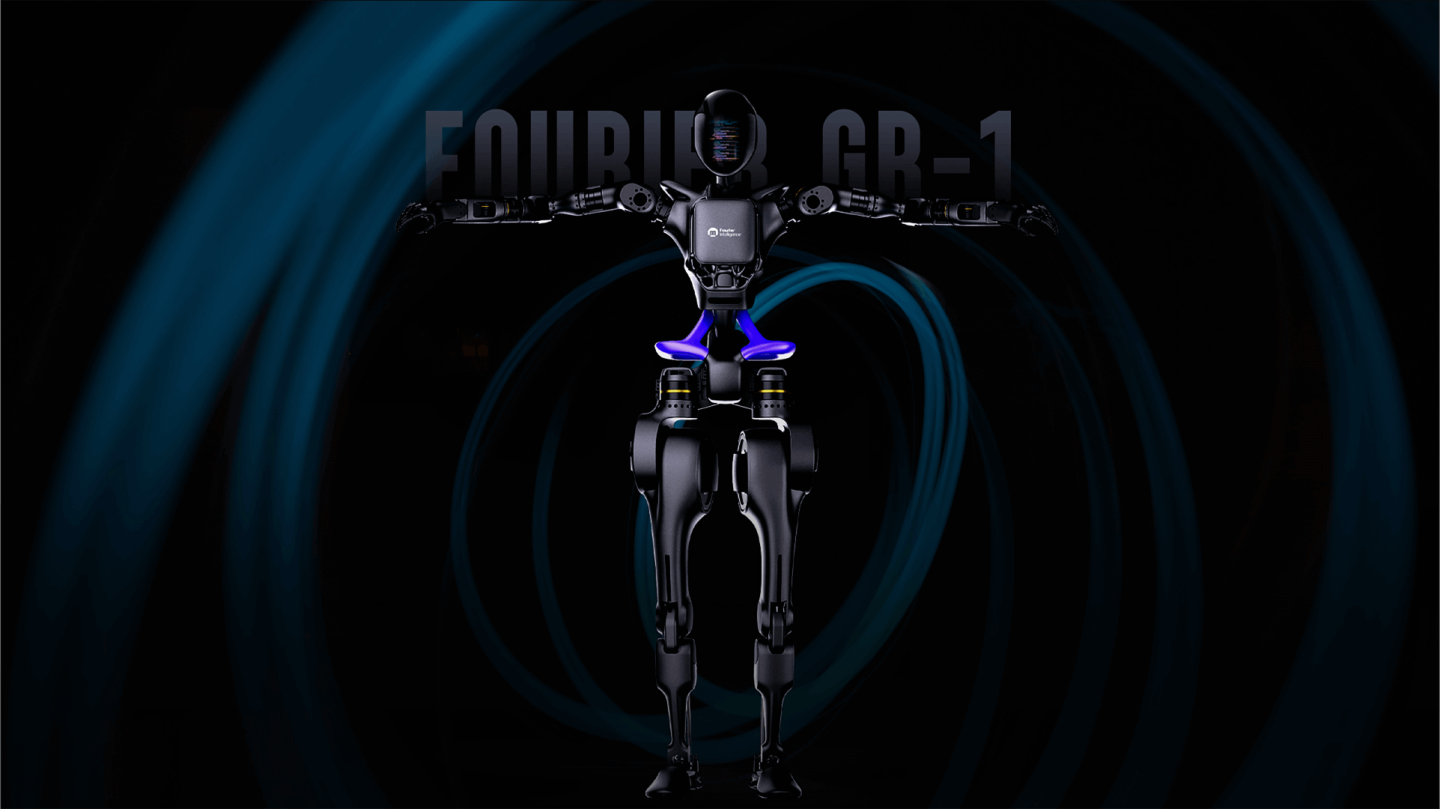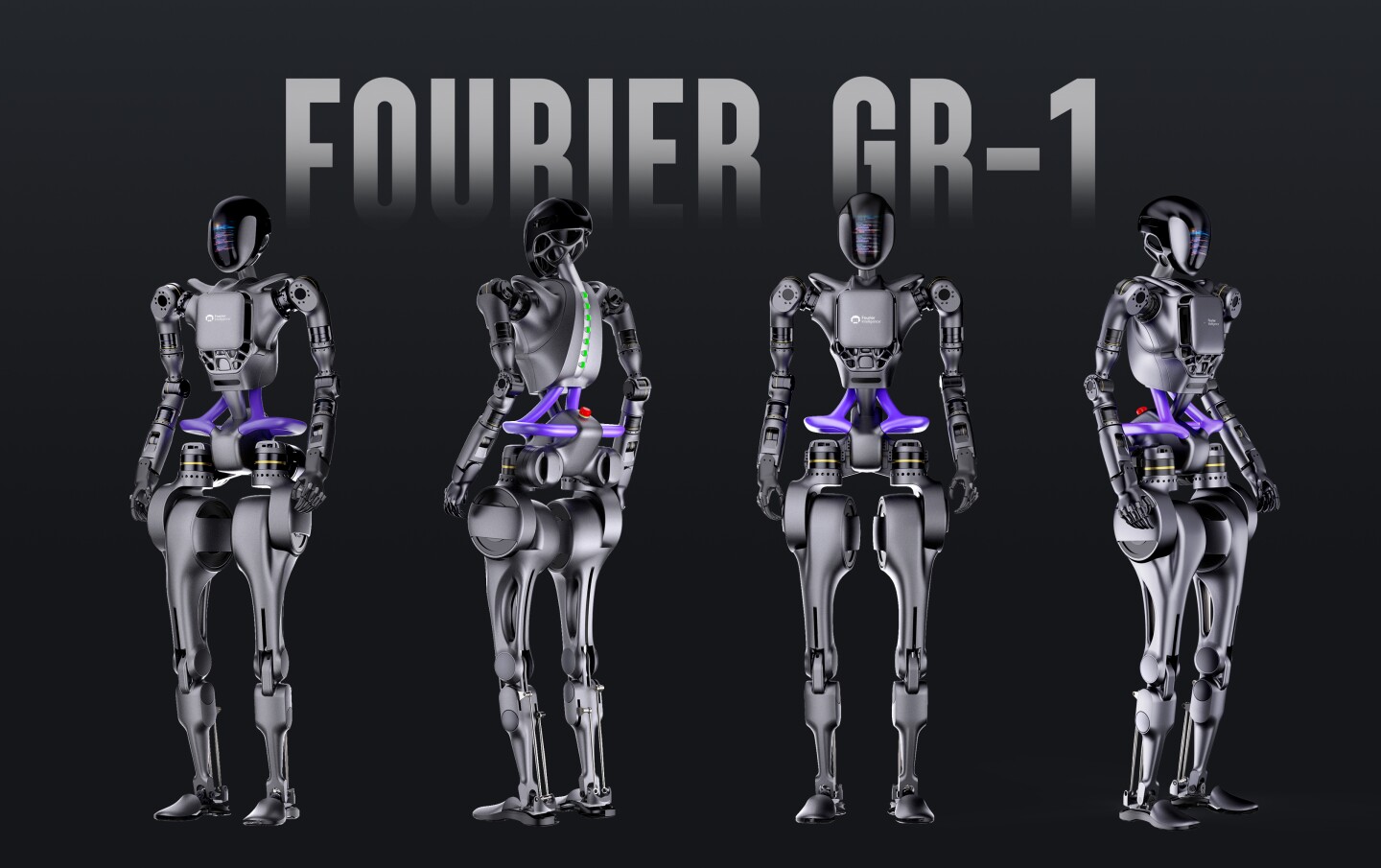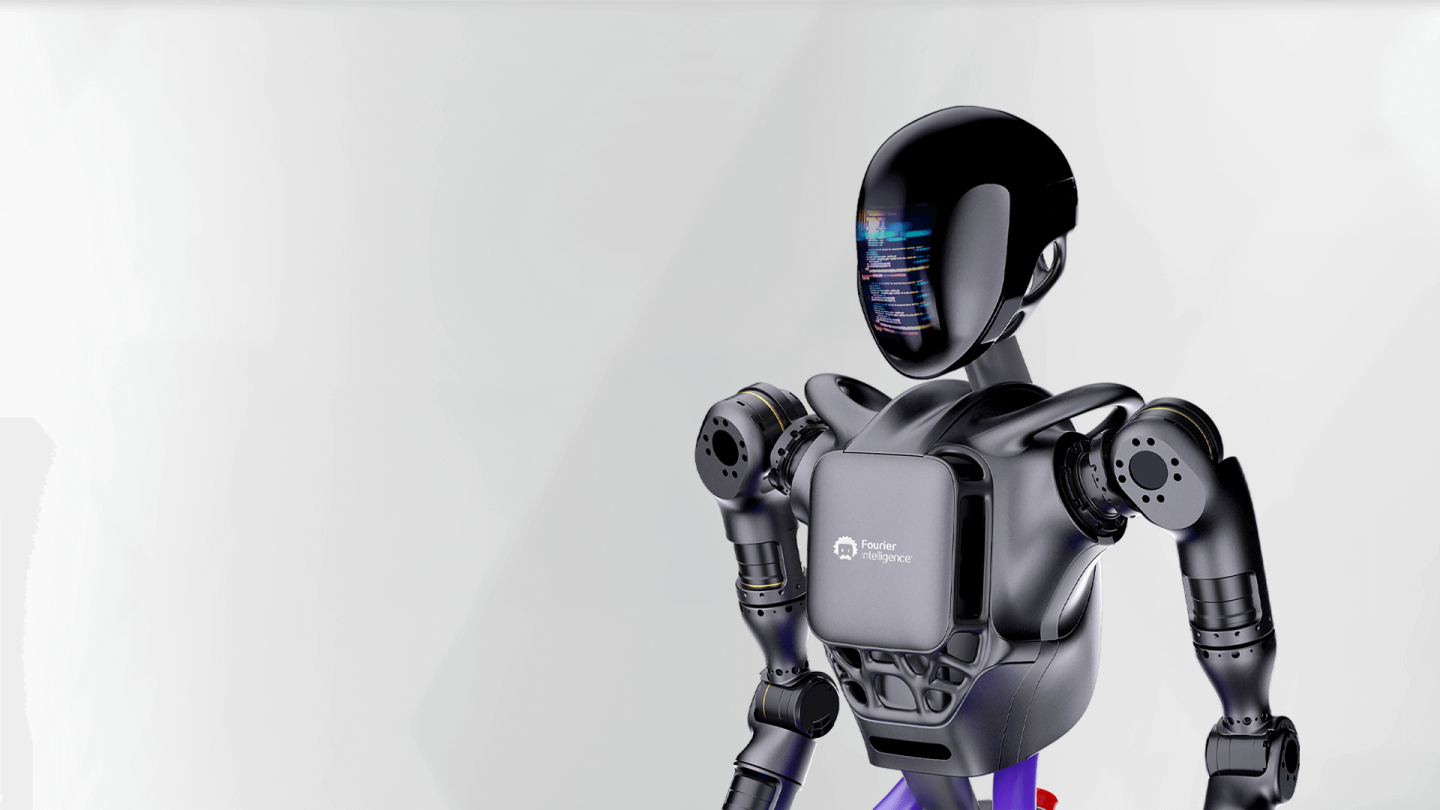Chinese company Fourier Intelligence says it plans to manufacture 100 of its GR-1 general-purpose humanoid robots by the end of 2023, making the remarkable promise that they’ll be able to carry nearly their own weight. They also have a unique focus.
Fourier seems to specialize mainly in rehabilitation technologies; its RehabHub platform offers a series of integrated physical therapy devices for treating various issues, from wrist strength games to hand and finger grip training, all the way up to lower-body exoskeletons for training people to walk, sit, stand, balance and climb stairs.
As such, the GR-1 humanoid project, launched back in 2019, might seem a little out of left field. But on the other hand, a lower-body physical therapy exoskeleton probably uses a lot of the same hardware, and needs to solve a lot of the same problems, as a robot’s legs.
Not to mention, China faces a brutally challenging future; just look at its population pyramid as compared with the global average. Like Japan, it’s looking at a near future where there are a lot more old people to support than there are young people to do the work.

Fourier Intelligence
Of course, young people won’t have to do so much work if robots are ready to take over a lot of it. And that’s what makes the GR-1 such an interesting take on the humanoid robot; Fourier is treating this as a general-purpose robot, similar to the kinds of things Tesla, Figure and others are working on – but it’s also clearly looking to caregiving and physical therapy assistance as some of its early use cases.
Hence, perhaps, the purple bits around the robot’s hips in these renders, clearly designed at least to look like the kinds of grip handles you’d find on all sorts of devices in a rehab center.
Standing 165 cm (5 ft 5 in) tall and weighing 55 kg (121 lb), the screen-faced GR-1 will have a top walking speed around 5 km/h (3 mph). Its joints, like the Tesla and Figure robots, will deliver a relatively modest 40 degrees of freedom using electric actuators, as opposed the hydraulic systems on something like the Atlas bot from Boston Dynamics.
Those electric motors will be powerful ones, too – the largest, presumably in those bootylicious hips, will be capable of generating up to 300 Nm (221 lb-ft) of torque.

Fourier Intelligence
So it’s going to be very strong, if it does what is says on the tin. Atlas, as today’s state-of-the-art, boasts an 11-kg (24-lb) carrying capacity. But Fourier claims the GR-1 will be able to handle loads up to an astonishing 50 kg (110 lb) – nearly its own weight.
According to Euronews, this will allow the humanoid to handle tasks like carrying immobile (and rather lightweight) patients between beds and wheelchairs.
“As we move forward, the entire GR-1 could be a caregiver, could be a therapy assistant, can be a companion at home for the elderly who stay alone,” CEO and co-founder Zen Koh is quoted as saying. “The system itself can achieve self-balance walking and perform different tasks. We can program it to sit, stand and jump. You can program the arms to pick up utensils and tools and perform tasks as the engineers desire.”
The company has had various partial and full-body prototypes built and in testing since 2021, and in the video below, you can see it learning to walk, handle the old broomstick shove test that Atlas made famous, pick up and put down delicate objects like glass bottles, bust out some rudimentary dance moves, respond to physical inputs from humans, and navigate itself around some obstacles.
Fourier Intelligence’s GR-1: Igniting a New Wave of General-Purpose Humanoid Robots
It appears to be able to walk fairly briskly and officiously when necessary, and while much of the 2023 footage appears to be sped up, Fourier has clearly reached a certain level of hardware and software sophistication – enough to put it among the contenders in the emerging general-purpose humanoid market.
Of course, as Figure’s Brett Adcock explains, getting the hardware built and enabling basic motions like walking is the easy part; it’s more or less a solved problem. The hard bit is teaching these bots how to navigate the world autonomously and perform tasks they haven’t been specifically programmed to do, in chaotic and unfamiliar environments.
And that, it seems, is why Fourier is rushing to production, with what Euronews reports will be 100 units shipped by the end of the year. These will not be fully-functional general purpose robots – they’ll be hardware/software platforms with basic capabilities, and they’ll be sent mainly to R&D labs, where presumably 100 different robotics teams will try 100 different ways of making these bots smarter, more capable, and ready to get out into the world and make a contribution.

Fourier Intelligence
That’s an interesting strategy, as opposed to a much more closed-shop approach, and it could result in a diverse and complementary set of techniques that may accelerate the GR-1’s path to usefulness. Time will tell if this kind of hyper-collaborative approach bears fruit, and puts Fourier at an advantage when the humanoid wave starts to break.
It’s a sad probability that in the not-too-distant future, some countries won’t have enough working-age people to provide human carers for frail old folk and patients with serious injuries. If companies like Fourier succeed, we might be giving them capable, attentive, responsive and friendly robots instead – although you can bet your bottom dollar the United States won’t be letting Chinese-built humanoids loose on its home turf at any point soon.
Source: Fourier Intelligence via Euronews
appId : ‘38456013908’,
xfbml : true,
version : ‘v3.3’
});
};
(function(d, s, id){
var js, fjs = d.getElementsByTagName(s)[0];
if (d.getElementById(id)) {return;}
js = d.createElement(s); js.id = id;
js.src = “https://connect.facebook.net/en_US/sdk.js”;
fjs.parentNode.insertBefore(js, fjs);
}(document, ‘script’, ‘facebook-jssdk’));

